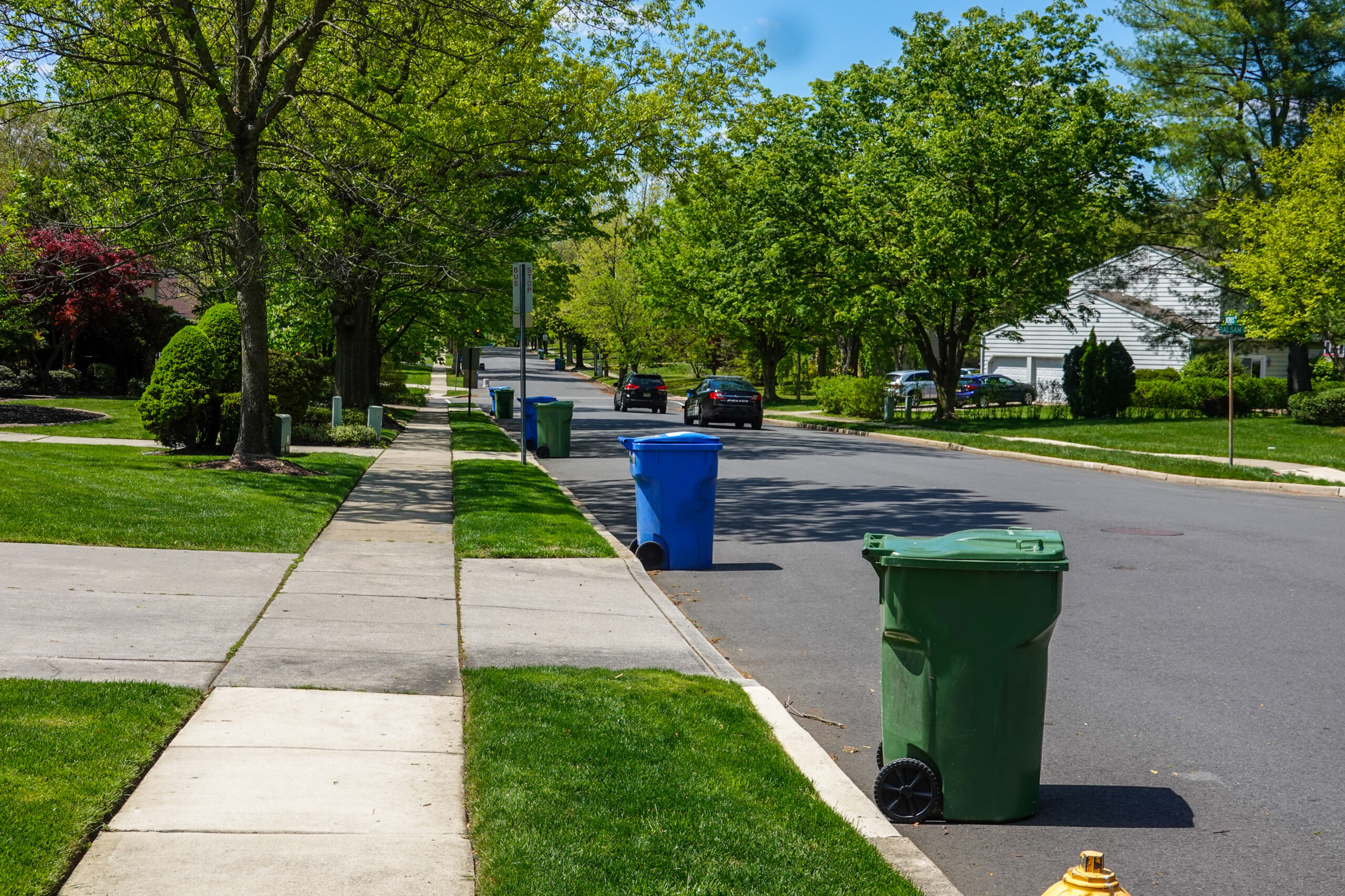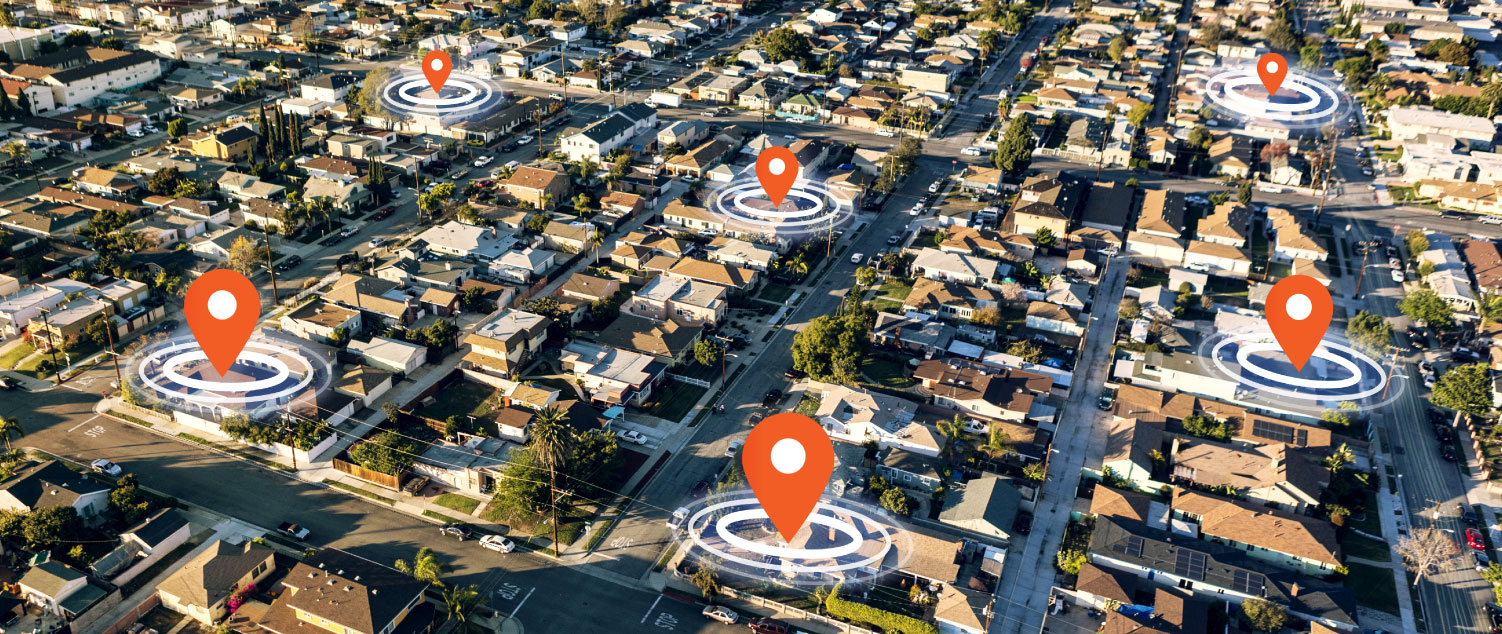Driver Satisfaction is Key to an Outstanding Customer Experience
It’s happened to almost all of us.
You place an order online. Maybe it’s for you. Maybe it’s a gift for a friend or family member.
The delivery app that you’re watching to track your package goes into great detail to inform you when the package is supposed to arrive. Excitement builds. Builds. And then.
Ping: “We’re sorry your package has been delayed.”
That excitement quickly turns to disappointment, frustration, and anger.
Late delivery isn’t the only snafu that plagues customers and last-mile delivery firms. Packages that are delivered to the wrong address, not in the normal delivery location (ex. front porch or stairwell), and damaged goods all have a profound impact on the customer experience.
In the world of last-mile delivery, customer experience is the differentiator that separates the best in the business from the rest. As Andre Schwager and Chris Meyer describe in a Harvard Business Review article: “Customer experience is how your company meets (or doesn’t meet) customer expectations from each interaction between the customer and your company.”
So, naturally, you may wonder: What are the key components to creating the best customer experience?
You don’t have to look too far. Your delivery drivers are the most frequent face-to-face interaction you have with your end customer, and naturally have a significant effect on customer satisfaction.
E-commerce has been growing steadily, but COVID-19 intensely accelerated that growth. Two years ago, only 17.8% of sales were made from online purchases, according to Shopify. That number is expected to reach 21% in 2022, a 17.9% increase in ecommerce market share over two years. Growth is expected to continue, reaching 24.5% by 2025.
This e-commerce boom has made being a delivery driver more challenging than ever before: both mentally and physically. The current system has drivers overworked, often logging 12-to-14-hour days during peak season and making 150-200 stops per day. Lulls in between the peaks are shorter than before, and drivers are under pressure to perform all through the year. It’s becoming harder and harder to retain good drivers, as they leave firms for better opportunities and the promise of greener pastures. Absenteeism and driver turnover are issues that can’t be ignored.
Reports from the American Trucking Association in 2020 showed a shortage of 60,000 qualified drivers, and that number is estimated to grow to 160,000 by 2028. Drivers aren’t sticking around and not improving on the job.
Overworked drivers also raise safety concerns, especially if they are making these stops using bad or unsafe routes. Unsafe routes can include route plans with dangerous turns across heavy traffic and directions that force drivers to walk across busy streets to make their deliveries.
All indicators point to a need for improving driver satisfaction to make operations run more smoothly. COVID-19 affected every profession, and delivery drivers are no exception. When the world shut down, last-mile deliveries heated up, experiencing unprecedented growth.
Among RouteSmart’s global client base, delivery volume increased 53% in peak season 2022 from 2019. There was a 24% increase in the number of routes and a 23% increase in the number of deliveries per route. Using our route planning and optimization solutions, companies were able to deliver more intelligently and efficiently, which boosted driver satisfaction and customer satisfaction.
ROUTESMART COMMISSIONS DRIVER SURVEY
In October 2021, we commissioned the research firm Adelante to survey executives from leading delivery organizations around the world. The results from this report, In the Driver’s Seat, were eye opening.
Enhancing customer service is a primary factor driving last-mile innovation and respondents strongly agreed that there is a direct link between driver satisfaction and customer satisfaction. A majority of the firms rated their drivers as “good” but not “excellent”, indicating there is room for improvement.
Improving driver satisfaction is an important factor in driver retention, and a vast majority of the respondents see the market for finding qualified delivery drivers as becoming “much more challenging” or “more challenging” in the next 12-24 months.
But what is being done about driver satisfaction? Not enough, according to respondents. Very few executives who were surveyed do little to measure and react to these issues.
In the survey, one executive commented: “It is very challenging, especially (during this) e-commerce boom. Hiring and retention are the two main components of a manager’s role these days.”
Retaining existing drivers is going to be vital in the months and years ahead, not only because finding new drivers will be an ongoing challenge, but because existing drivers already have established relations with customers; they already know the routes well and the nuances of each delivery location, and they have already moved through the learning curve of the job that ultimately results in more productive and safe operations.
SURPRISES FROM IN THE DRIVER’S SEAT
While higher pay is important, it isn’t as high of a priority to drivers as is a fair and consistent daily workload. Giving drivers better routes with consistent route plans is as important (if not more important) than pay. There is a disconnect with firms knowing that driver satisfaction is important but not doing any measurement of employee satisfaction and without plans or goals to improve satisfaction.
What do delivery drivers need? According to the survey, the top needs were
- Training
- Familiarity with the route and geography
- Input into their routes and last, but certainly not least
- Better routes
It’s clear that better routes lead to improved driver satisfaction, which leads to better retention rates and higher quality customer service.
IT’S TIME TO IMPLEMENT A BETTER ROUTE PLAN
To improve daily operations, you need to take a good look at the benefits of adaptive routing – which combines the best of static routing and dynamic routing.
Let’s explore the different approaches.
Static Routing allows drivers to learn routes, but it is inflexible and inefficient. It does not allow for changes to workload volume, schedule changes and other interruptions.
Dynamic routing is more efficient from an operations research perspective, but pure dynamic routing has been proven to be impractical when field tested. This strategy causes drivers to be wary of new route optimization projects because it disrupts their schedules with sudden and unpredictable changes to delivery drivers in search of the most efficient route.
While a pure dynamic routing solution may be preferable for drivers who make fewer than 25 stops per day, it’s unrealistic to assert a parcel carrier whose drivers make 75-200 stops each day will benefit from this routing approach.
RouteSmart has personally witnessed dynamic routing fail when our clients are confronted with these realities.
The most effective approach is a combination of static and dynamic routing because it works within business requirements and real-world restrictions to build efficient routes.
Adaptive routing, combining the best of both dynamic and standard routing, has been the most successful with RouteSmart clients for decades. Adaptive routing balances work areas by building flexible routes in the same geography based on a point or polygon. It also works with warehouse and sortation systems to allow trucks to be loaded based on sequence, which creates routes based on a preferred start and end.
Defining a delivery order sequence goes far beyond just the most efficient way to drive the routes. We have decades of operations research knowledge that helps dispatchers plan their daily path with features like historic traffic patterns and turn preferences by street class.
Adaptive routing tech can also enable flexible regions: designation of territories that can increase or decrease the number of routes based on volume. For instance, on a light day, the region may require five delivery routes. Busier days may require the region to be split into 6 or 7 routes. For our clients, these territories have been designed to fit within existing warehousing and sortation systems.
Adaptive routing combines the best of dynamic routing with strategies to fit within your existing operational constraints. If your [organization] has not implemented an adaptive routing strategy to schedule daily deliveries, you may fall behind the competition as more [organizations] use it to manage and plan deliveries and pickups in a timely and cost-efficient manner.
RouteSmart Chief Operations Officer and Executive Vice President Dr. Larry Levy also observed this reality over his four decades working with global leaders, including FedEx Ground, the U.S. Postal Service and Posti.
“Experienced dispatchers and drivers tell us that when route planning doesn’t include considerations of how to load a vehicle, a five-minute savings in driving time can cause 15 minutes or more in lost time in the field attempting to retrieve packages in the vehicle,” Levy said.
Having the right routing approach and strategy can greatly affect not only your bottom line, but driver satisfaction and customer experience.
ABOUT ROUTESMART
RouteSmart Technologies provides route optimization solutions that solve the most complex routing challenges with unrivaled precision and processing performance to reduce costs, enhance safety, and create efficiencies for our postal and last-mile delivery clients. We work with some of the largest clients in the industry including the U.S. Postal Service, FedEx Ground, Posti, OnTrac and others. We provide intelligent planning for efficient operations.
Adelante SCM is a peer-to-peer learning, networking, and research community for supply chain and logistics professionals. Adelante includes the Talking Logistics blog and video talk show featuring supply chain thought leaders, and Indago market research service that brings together logistics professionals who share their industry experience while giving back to charitable causes.
Read the full Driver Satisfaction Survey report on our website.
Ready to get started.
Get in touch with us.
Contact Us




